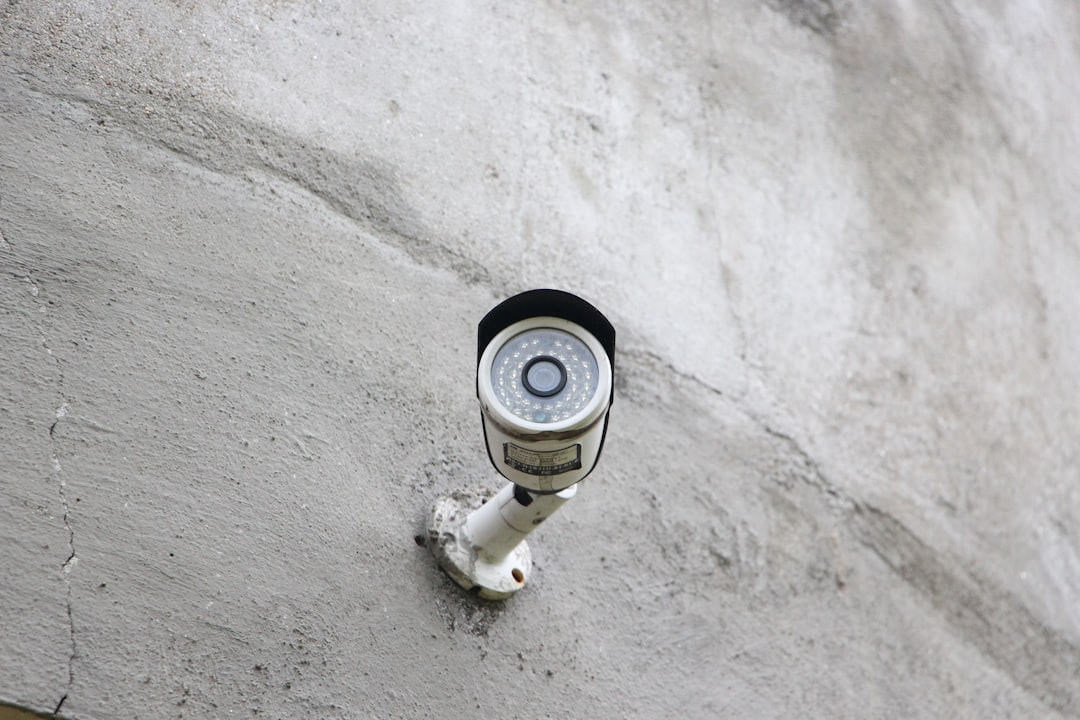If you’re withdrawing cash from an ATM, you probably assume it’s a quick and safe transaction. But hidden from plain sight, high-tech criminals are using sophisticated devices called skimmers and shimmers to steal your card details and drain your bank accounts. These deceptive tools are becoming more advanced and harder to detect, making it essential for you to understand how they work and how to protect yourself.
What Are Skimmers and Shimmers?
Both skimmers and shimmers are devices designed to secretly capture data from your bank card during an ATM transaction. However, they differ in appearance and functionality:
- Skimmers: These are placed over or inside the card slot of an ATM. They read the magnetic strip on the back of your card as you insert it. In many cases, a small hidden camera is also installed nearby to record your PIN.
- Shimmers: A newer, more discreet technology, shimmers are paper-thin devices inserted into the card reader itself. Unlike skimmers, which go on the outside, shimmers sit inside the reader and capture data from chip-enabled cards.

How Criminals Use The Stolen Data
Once thieves retrieve card and PIN data using skimmers or shimmers, they can:
- Create a cloned duplicate of your card for unauthorized purchases or cash withdrawals。
- Sell the card details on black market websites or dark web forums.
- Use your information to commit identity theft and open fraudulent accounts.
These actions can have devastating consequences for victims—ranging from financial loss to long-term identity damage that can take years to repair.
Spotting the Signs of a Compromised ATM
Crooks excel in disguising their devices, but there are subtle red flags you can look out for:
- Loose or protruding parts around the card slot or keypad.
- Visible adhesives or tape that suggest tampering or attachment of foreign objects.
- Unusually bulky card readers or misaligned components.
- Hidden mini cameras in brochures holders or above the keypad to record your PIN.

In addition to visual clues, trust your instincts. If the machine looks unusual or behaves inconsistently, it’s better to find a different ATM—ideally one located inside a bank branch.
Tips to Protect Yourself
While banks are working to combat ATM fraud using better encryption and updated hardware, it’s still crucial for consumers to stay vigilant. Here are some best practices to avoid falling victim:
- Cover the keypad with your hand while entering your PIN, shielding it from hidden cameras.
- Inspect the card reader before inserting your card. Tug gently to see if anything feels loose or artificial.
- Use ATMs in well-lit, secure locations, such as inside banks or highly trafficked areas.
- Enable transaction alerts through your mobile banking app so you’re instantly notified of any suspicious activity.
- Regularly monitor your account statements for unauthorized transactions.
What to Do If You’re a Victim
If you notice unexplained charges or suspect ATM fraud:
- Contact your bank or card issuer immediately to block the card.
- Report the incident to your local police and file a report.
- Request a new card and change your banking passwords and PINs.
- Monitor your credit reports for signs of identity theft.
Many banking institutions also investigate such incidents and may reimburse you for fraudulent transactions, but timely action is critical.
The Bottom Line
Skimmers and shimmers are not relics of outdated crime—they’re thriving tools in a digital age where convenience meets vulnerability. By staying alert and taking simple precautions, you can dramatically reduce your risk of becoming the next victim. Always remember: if something feels off at the ATM, trust your instinct and walk away.




